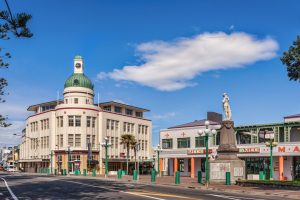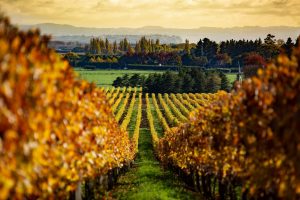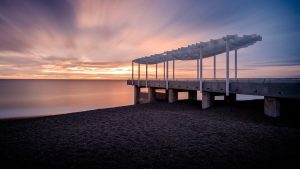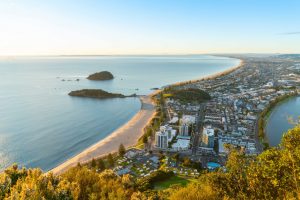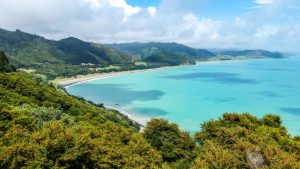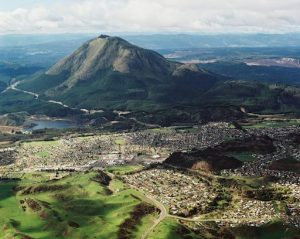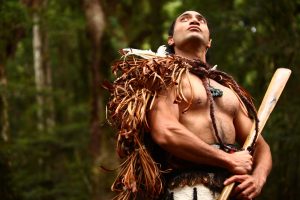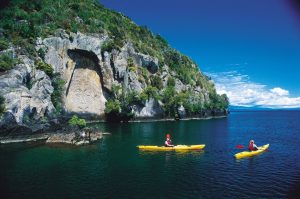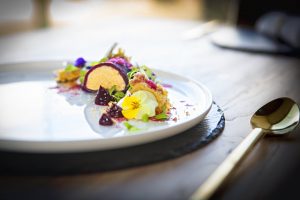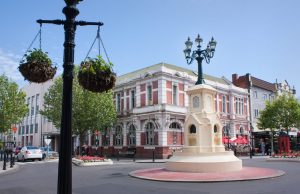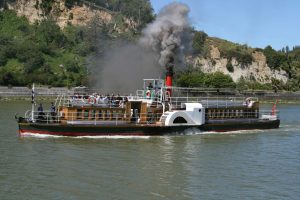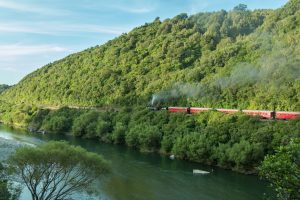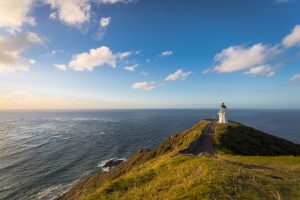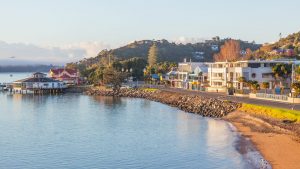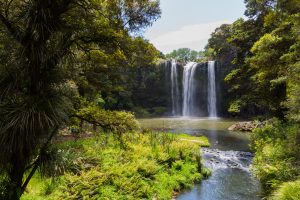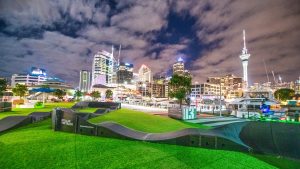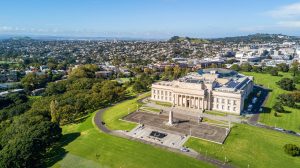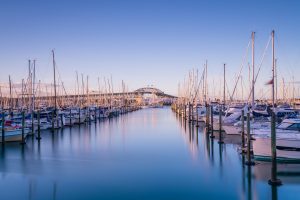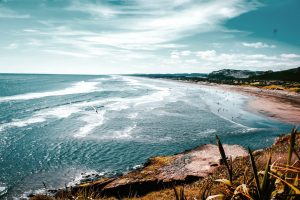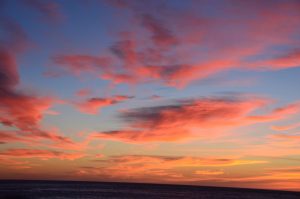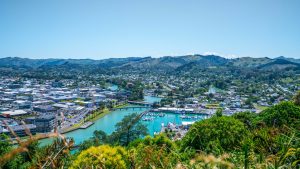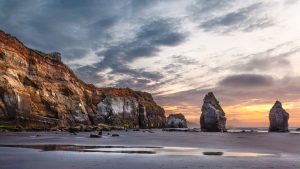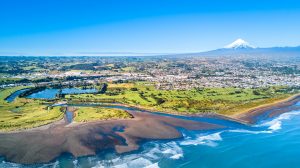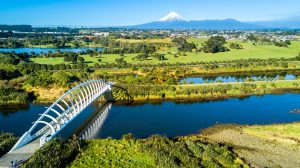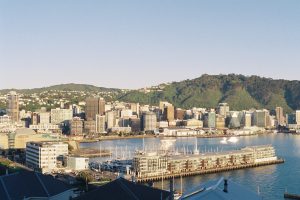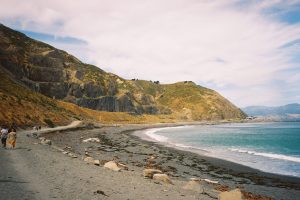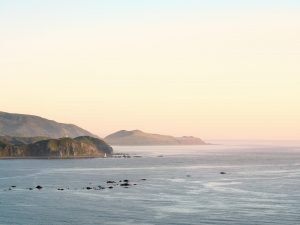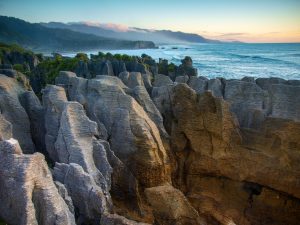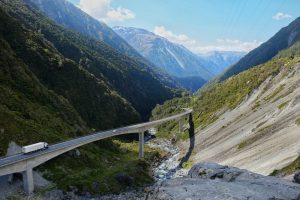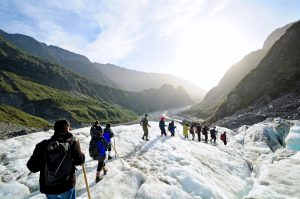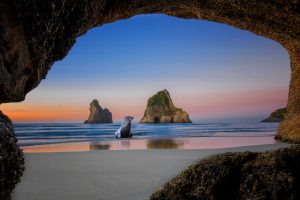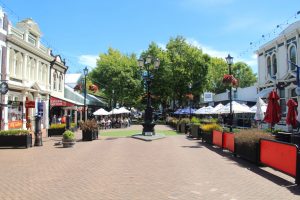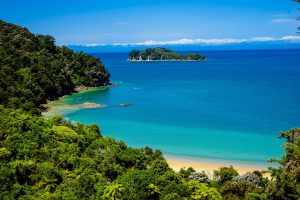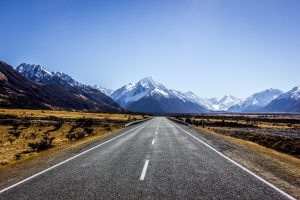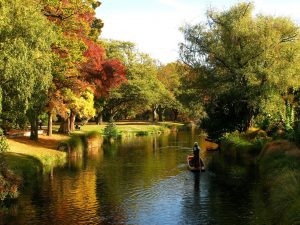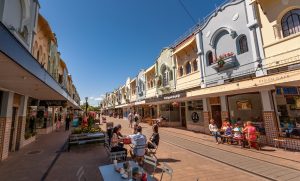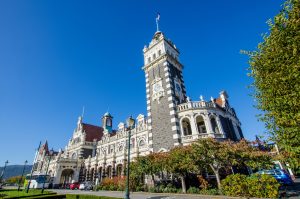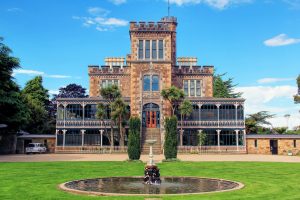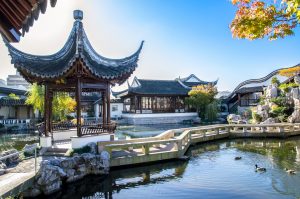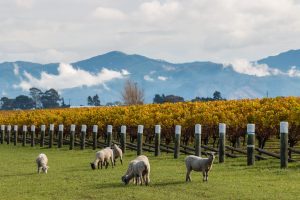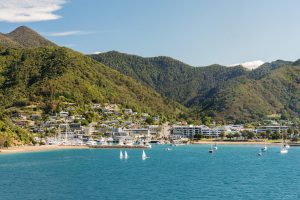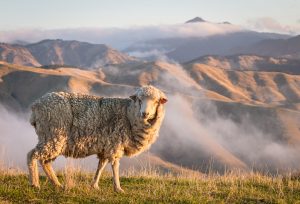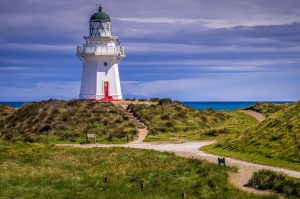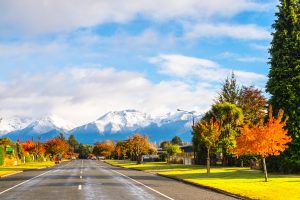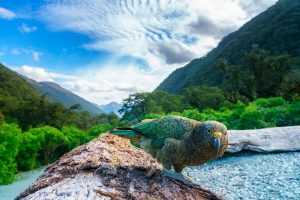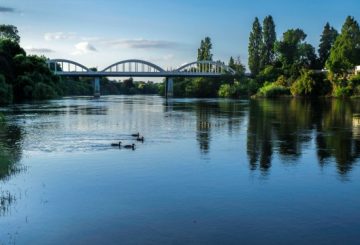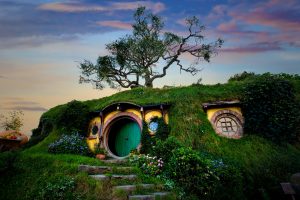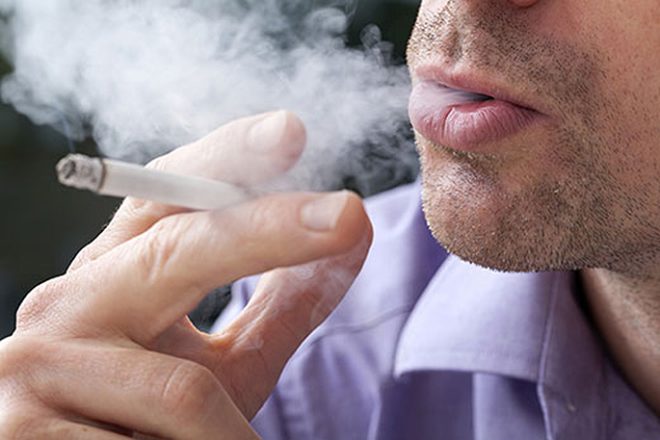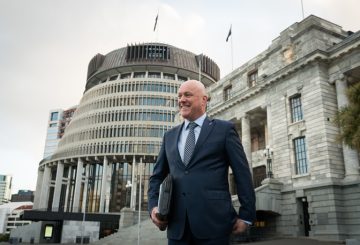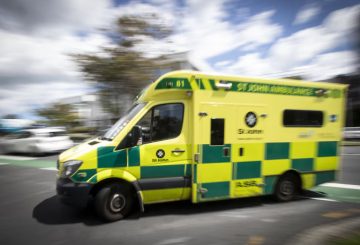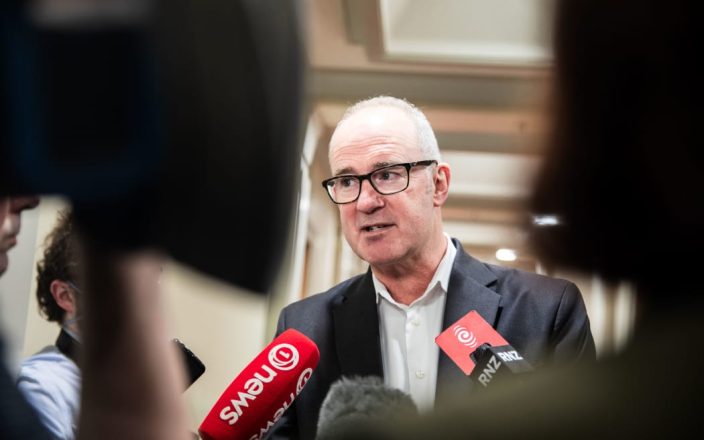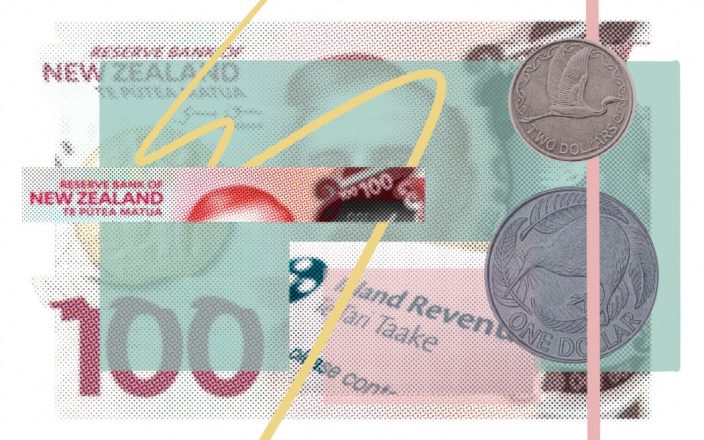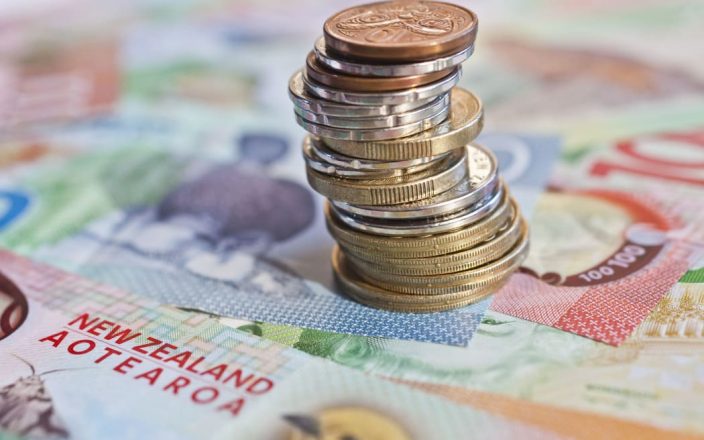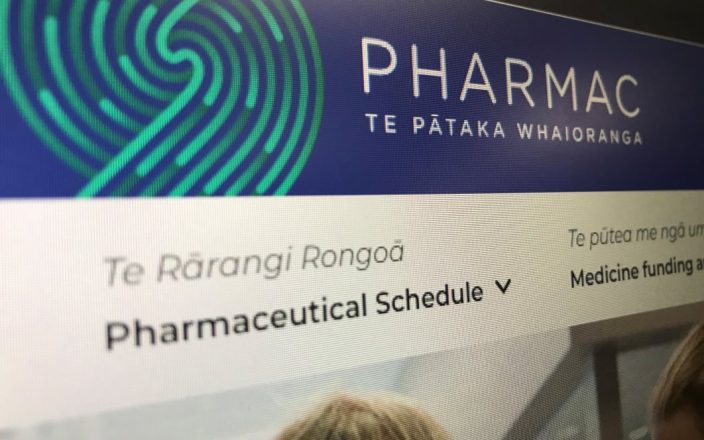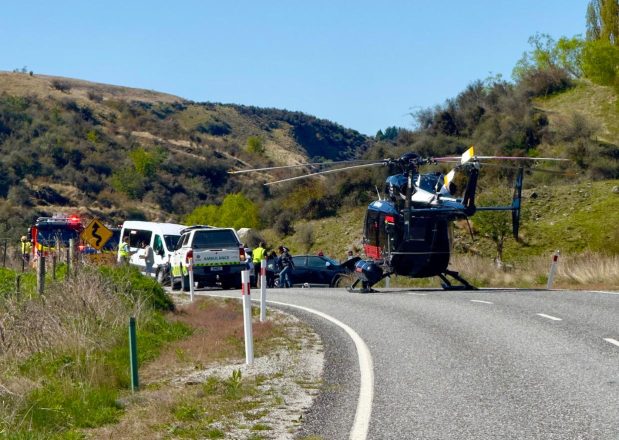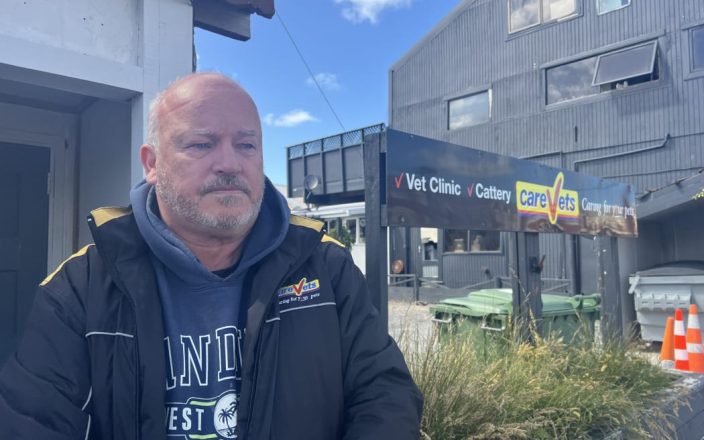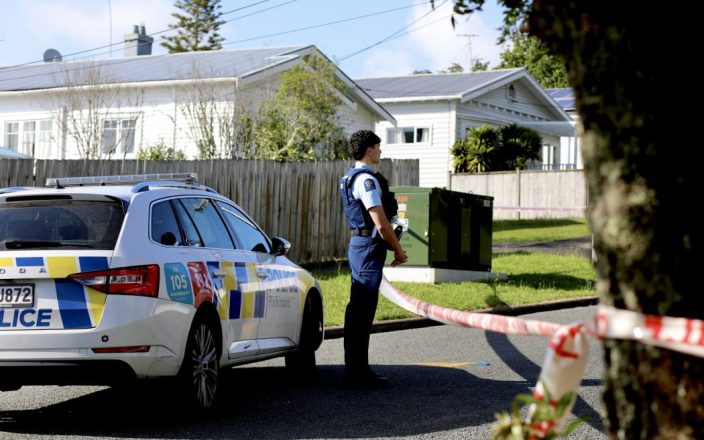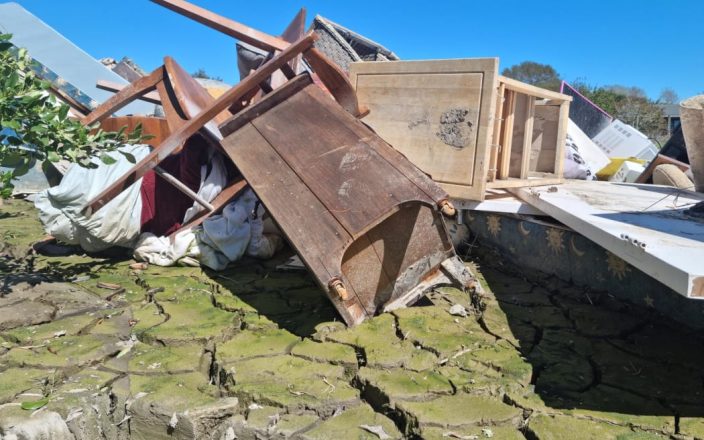Pemerintah telah mengusulkan RUU baru yang akan membatalkan tiga bagian dari perubahan yang direncanakan pemerintah sebelumnya untuk mengendalikan tembakau asap. Wakil Menteri Kesehatan Casey Costello mengatakan pemerintah saat ini berkomitmen pada tujuan Smokefree 2025, tetapi berencana untuk mengambil pendekatan yang berbeda untuk mengurangi tingkat merokok dan bahaya yang disebabkan oleh merokok.
Selandia Baru telah melihat penurunan yang signifikan dalam tingkat merokok dalam beberapa tahun terakhir, dan pemerintah ingin membangun strategi efektif yang digunakan sejauh ini. Costello berencana untuk memperkenalkan langkah-langkah untuk membantu orang berhenti merokok dan memperketat peraturan tentang vaping untuk mencegah kaum muda mengakses vape.
RUU baru, yang disebut RUU Amandemen Lingkungan Bebas Asap dan Produk Teregulasi, akan memenuhi komitmen 100 Hari pemerintah dan membatalkan tiga bagian dari undang-undang Bebas Asap pemerintah sebelumnya: skema pengurangan ritel, denicotinisasi, dan langkah-langkah generasi bebas asap.
Costello mengatakan tidak satu pun dari langkah-langkah ini saat ini berlaku, dengan perubahan yang direncanakan untuk akhir tahun ini, 2025, dan 2027. Dia mengkritik pendekatan pemerintah sebelumnya, mengatakan itu mengabaikan keberhasilan inisiatif berhenti merokok dan potensi efek negatif dari pendekatan larangan pada perokok, pengecer, dan kejahatan.
Menurut hasil Survei Kesehatan Selandia Baru yang dirilis pada bulan Desember tahun lalu, tingkat merokok harian telah turun dari 8,6% menjadi 6,8%. Jika tren ini terus berlanjut, Selandia Baru akan mencapai tujuan bebas asap kurang dari 5% populasi merokok setiap hari pada tahun 2025.
Dalam tiga tahun terakhir, 229.000 orang telah berhenti merokok, dengan vaping memainkan peran kunci. Dari mereka yang berhenti, 79.000 adalah Māori. Tingkat berhenti untuk kaum muda bahkan lebih tinggi. Costello mengatakan fokusnya harus pada perokok jangka panjang yang kecanduan nikotin. Pemerintah menginginkan pendekatan praktis untuk membantu perokok berhenti, daripada pendekatan yang didasarkan pada ideologi.
Artikel ini juga memberikan statistik tahunan tentang tingkat orang berhenti merokok, menunjukkan peningkatan keseluruhan dalam tingkat berhenti merokok selama bertahun-tahun. Tingkat berhenti untuk kaum muda (15-24) juga meningkat secara signifikan, mencapai 41,5% pada 2022/23.

